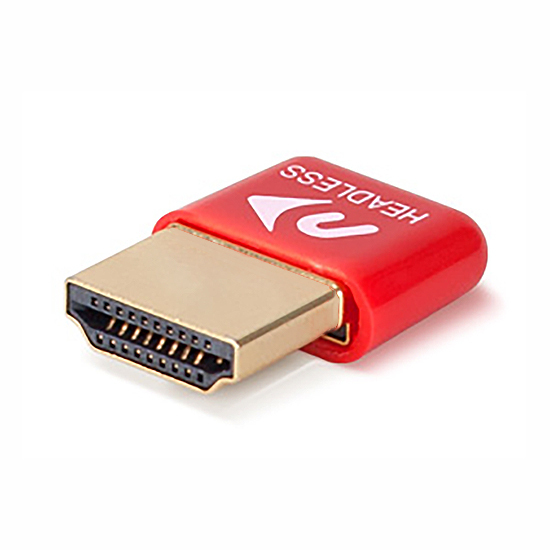

Video cards with the Alliance Semiconductor AT3D (also AT25) Chip.X-Servers are available for the following video cards. These X-Servers will be in the next XFree86 version. S.u.S.E is building these X-servers together with The XFree86 Project, Inc. These X-servers support new video cards and are bug fixe releases for XFree86 X-servers. is building a serie of X-servers based on the XFree-86 code. Video 7 / Headland Technologies HT216-32.see Appendix A for list of supported S3 cards.ATI Mach32 (16 bpp supported for cards with RAMDAC ATI68875, AT&T20C49x, BT481 and 2Mb video ram).Early Diamond cards may not be officially supported by XFree86,īut there are ways of getting them to work. Most currently available Diamond cards ARE supported by the current release Most of the X-servers (both freely available and commercial versions) have more or less support for AGP. These cards include Mach32,Ĭirrus 542x, S3 801/805/868/968, ET4000, and others.ĪGP (Accelerated Graphics Port) support is growing fast. So cards that can do 24 bit modes to get higher resolutions in other OS's are 24 bit packed pixels modes are not supported in XFree86,

#Trident video accelerator 3d cyber9397 driver 32 bit
Mean the cards are capable of 32 bit color, they still display 24 bit color ``32 bpp'' is actually 24 bit color aligned on 32 bit boundaries. Unaccelerated or partially accelerated (Cirrus, WD) cards.

That accelerated cards (ATI Mach, ET4000/W32p, S3) are MUCH faster than If you're looking into buying a cheap video card to run X, keep in mind Linux will work with all video cards in text mode, VGA cards not listedīelow probably will still work with mono VGA and/or standard VGA drivers. After reboot, you should get the CDE login screen (GUI).Linux Hardware Compatibility HOWTO: Video cards Next Previous Contents Hit F2 till you get to the command prompt and then reboot. Now run kdmconfig again and ensure that the Xorg Server is selected. Finally it will ask you if it can go ahead and write the /etc/X11/nf file. Choose yes (if you can boot in 24 bit mode). Select all this and then lastly it will ask you if you wanna boot in 24 bit mode by default. You can also choose the Video card and the amount of memory you have. The resolution is numbered and hence you will have to type 432, where 4 = 1024X768, 3 = 800X600 and 2 =640X480 (or some value like this). When choosing the resolution, ensure that the highest value is 1024X768 (Incase you have a 14" monitor) and then 800X600 and then the value lesser than that. Note it down and enter it when asked for it in the xorgconfig tool) It will show you what the operating frequency is. You can enter the Horizontal and vertical Frequency of your monitor.(This will probably be displayed when you get a black screen. 87 about the Logitech Keyboard) and the screen resolution, video card type, memory on the video card now. You can select the mouse (Better keep it to Auto Value), keyboard (Dont use generic ones. Hit F2 again and now you will be at the command prompt again.

It will show you that you can configure the settings using the xorgconfig command. Kdmconfig will allow you to choose Xorg Server or XSun Server. Log into command prompt as soon as the Solaris login prompt is shown. Try this and do let me know if this works.


 0 kommentar(er)
0 kommentar(er)
